Classroom centers and their success comes down to careful planning, follow through, and the right organization and storage tools. The math center often requires a number of manipulatives and supplies, which makes organization very important. Read on and find 7 tips and tools for setting up and organizing a simple, versatile classroom math center.
Creating an Easy-to-Maintain Math Center
The best parts of an efficient classroom are those that are useful and easy to maintain. Creating a math center that functions as a place for students to learn and explore math concepts can be a challenge. With a little planning and student-oriented organization, you can make a math center easy to use and clean up.
7 Tips for Setting Up a Simple Classroom Math Center
Thinking ahead as you are setting up your classroom math center will save you stress and frustration down the road. Check out these 7 tips for starting the year off right with an easy-to-maintain math center students will love.
Make the Most of Color Coding
Color coding has been a teacher favorite method for a long time, and its usefulness extends to the math center. Whether it means color coding bins that store specific supplies, or using color coding to create an easy-to-read schedule for student groups and days of the week, color coding can help to make things efficient.
Check out these perfect math center storage options that could get you started on color coding your supplies:
Try Vertical Storage
Feeling like you’re running out of floor space for furniture and storage? Try focusing on finding creative ways to take your storage vertical. Instead of getting a shelf that’s low to the ground, find a taller one and use the top shelves to store things that students don’t need to reach every day. A lack of floor space might mean getting creative, but using the vertical space in the room will help to add more storage capabilities and keep clutter off desks and countertops.
Check out these shelving options to get your vertical storage ideas rolling:
Swap Out Materials & Supplies
Instead of having every activity and tool available for students from the beginning of the year through the end, try rotating supplies or saving some to bring out to freshen up the math center throughout the year. Just like moving the classroom desks around gives students something new to experience, having different tools to use can bring some new life to learning math.
Coordinate with Fellow Teachers
If you don’t have access to varying manipulatives and tools to rotate throughout the year, touch base with the other teachers in your area. Consider sharing materials or supplies between classrooms to make math centers more engaging for the students who use them.
Here are a few ideas of items/supplies to coordinate sharing with fellow teachers:
- Easels/displays
- Manipulatives/counting tools
- Flexible seating options
- Group games/activities
Try to Include Flexible Furniture
Giving students the option of where to sit while completing center activities can improve engagement. Additional comfort and a breakdown of the “sit still and focus” mentality can give students more opportunities to feel excitement and enjoyment of participating in math activities. Other fidget tools like Bouncy Bands can also help to give students who struggle with focus the chance to wiggle and move without disturbing students around them.
Plan for Small Group & Solitary
On any given day, a classroom can have a different energy. A group of students who are normally very easy going and quiet may have a rambunctious day. Plan for situations where the general mood or vibe of the classroom will fit with a specific activity. It might mean having both a solitary and a group math activity ready to cover the same concepts on a given day, but it can also mean having better control over the classroom as a whole. Planning ahead could save you headaches down the road.
Include Clean-Up Instructions for Students
At the end of centers time, the math center should be cleaned up and returned to a relatively blank slate. In order to keep supplies from being lost or put away in the wrong places, there should be very clear instructions for how students need to clean up when they are done. For younger students, it might mean having a laminated picture of which supplies go in which places, or some modeling time at the beginning of the day to walk through clean-up procedures.
Here are some supplies that can help you to label and identify where supplies go:
More Classroom Organization Ideas & Inspiration
If you’re looking for more ideas and inspiration for your classroom, be sure to stop by the Storage & Organization category on the blog. You’ll find lots of great ways to make this the best year yet for you and your students.

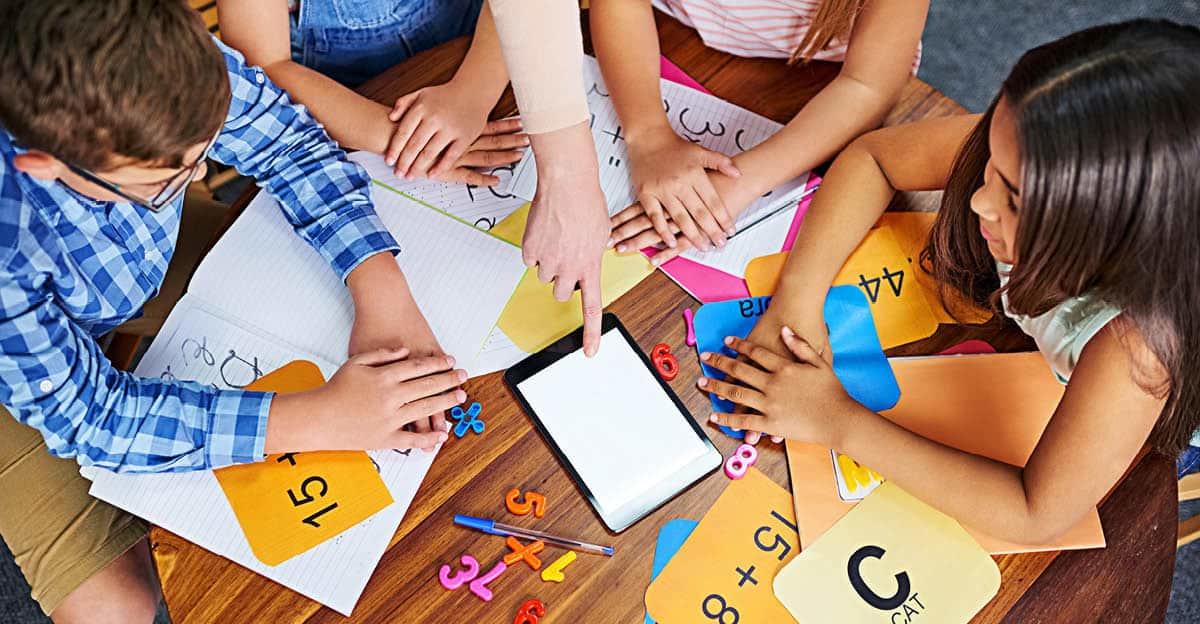
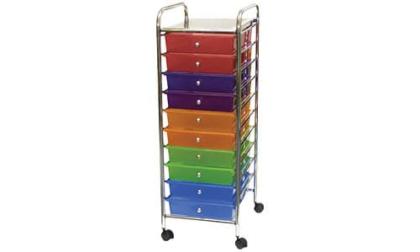
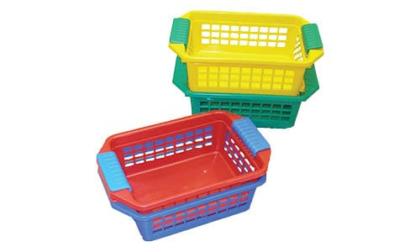
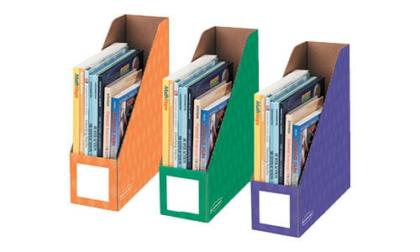
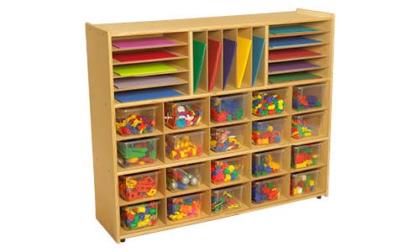
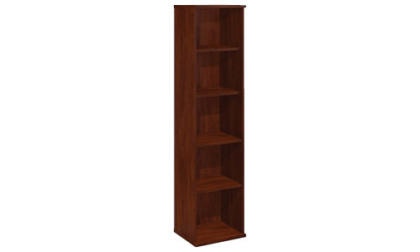
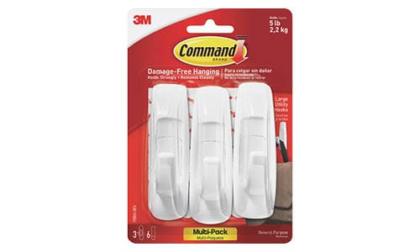
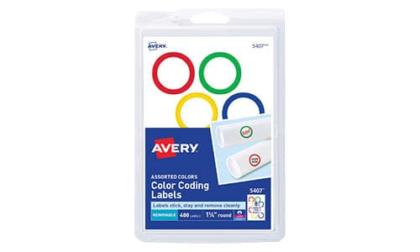
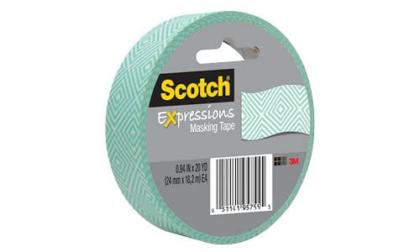
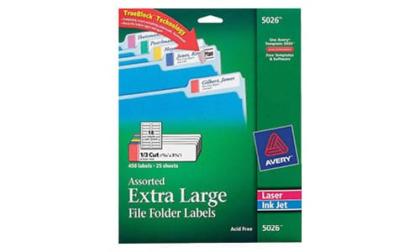




Leave a Reply